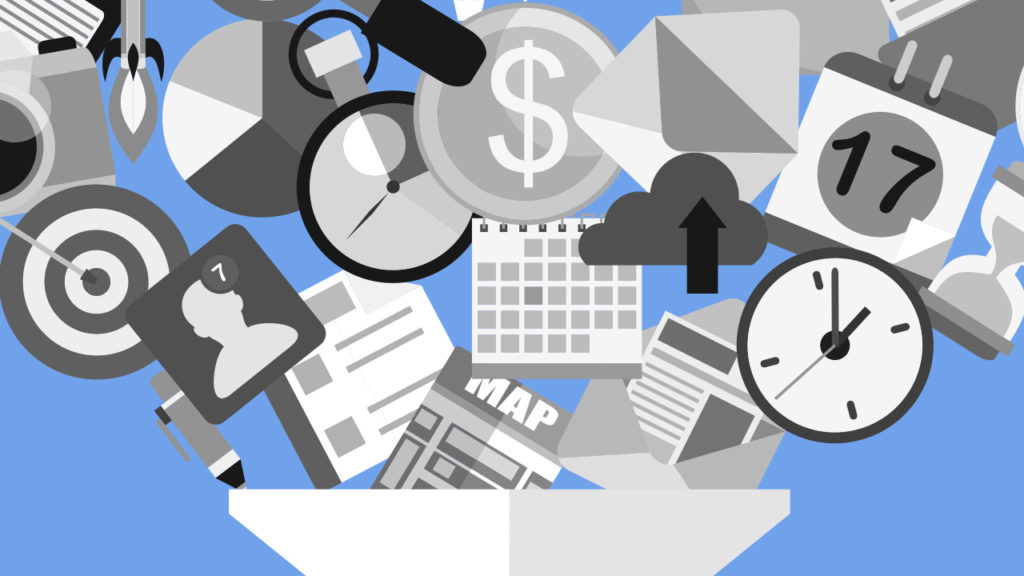Marketers want to genuinely know their audience—this is obvious. And using data is vital for brands to best tap into their customer’s needs or ones they want to acquire. This data has been collected in many ways, through online surveys, telephone interviews, focus groups and, most recently, over social media. DMPs or Data Management Platforms try to go deeper by consolidating all of this information in one place.
In December, Lotame released a follow-up report to one released a month prior, called Data Activation & Success. It found around 80 percent of 300 marketing professionals surveyed use a DMP in their organization.
So what exactly is this magical tool? The platform lets marketers collect, organize and activate their first-party data for digital marketing. According to a whitepaper by BlueKai—an Oracle-owned, data management platform—a marketer can compare their data to third-party data to make “smarter media buying and campaign making decisions.” DMPs, says BlueKai, help marketers achieve better campaign performance, overall ROI and deliver targeted results.
“Our clients use DMP as a tool for prospecting—taking known customer and using some of our features within the product to do things like look-a-like modeling, to intelligently find more customers that want to get down the funnel,” said Brian O’Connor, Lotame’s VP of product to AList.
“They (customers) will come to us and ask how they should go about this, and a DMP allows for customer suppression. To make sure that you’re not marketing a product to an existing customer because that is a waste of ad dollars in your marketing strategy.”
However, not everyone believes DMPs are very useful. Steven Wolfe Pereira, chief marketing officer at Quantcast, an AI technology company told AList feels data management platforms became a “mess.”
“Maybe people back in the day, thought it was going to be very helpful, but I feel with how things have evolved, people realize these DMPs are probably not the right tools that people necessarily need,” said Pereira.
“A lot of marketers have been saying—not my words, but their words—DMPs are where data goes to die.”
Pereira used the example that if you want to do something in real time, you have to take your data and put it into then DMP—which takes it offline—then build a third party segment, cleanse the data or activate the data, all of which could take weeks.
DSPs, demand-side platforms, and SSPs, supply-side platforms, are similar but exactly the same as DMPs. They’re both non-controversial, and pretty straight-forward, automated ways to purchase advertising.
SSPs play a critical role in the digital marketing ecosystem, and they aggregate supply in that marketplace—designed to maximize impressions prices. DSPs are used to buy display, video, and search ads in a cheaper, more efficient way. Depending on whether you’re a publisher that’s trying to sell inventory, or you’re a marketer that’s trying to buy inventory, in either one of these scenarios, data is informing some of the buying and selling decisions
“We are the data layer that helps the marketers reach their target, and it helps the publishers that use our product, surface the right inventory for buyers to choose. We are all connected. There are even some DSPs that have DMP-like capabilities,” said O’Connor.
“A DMP at its core is unifying first-party data, allowing customers to access third-party data sets, mix and match the two things to execute a data strategy within the eco-system. They’re made to maximize the prices impressions sell at.”
CDPs or customer data platforms are the newest type of tool and have gained a lot of buzz. These were born out of mobile-only and email marketing platforms and focus on first-party data. You don’t have to be in IT to use CDPs, however, because it’s such a new concept it means different things to different people.
There is no consensus on what a CDP is.
“If you ask five different people in the industry, you’ll like get five different answers on what a CDP is, whereas a DMP is more mature in the market place and there is more consistency in understanding what a DMP is and what it does in the ecosystem as compared to a CDP,” added O’Connor.
Despite the vagueness, O’Connor believes CDPs are powerful at engaging with the marketers’ existing customer set to execute actions like pushing the product or interacting with customers through text messaging. Some CDPs even have the functionality to integrate with call centers or even email marketing platforms.
Even though CDPs have gained popularity, some experts find challenges in the tool with privacy, regulation and customer data management. But others think the idea of having all of your first-party customer data in one place can eventually simplify a marketer’s work, allowing marketers to ultimately focus on the customer.
“I would say the overarching north star for CDPs is truly understanding your PII within first-party data and having it used for marketing purposes.” Pereira says,” Advertising is important, but when you want to understand patterns in your customer and audiences to get down to all the different dimensions of their behavior so that you can tap into creative—[finding out] what is going to be interesting to these different cohorts of customers and why they buy—that’s more marketing work.”
“How does that tie into your data assets, marketing systems? I think that’s where the CDP lives.”

